

On Wednesday 1 July 2020, we partnered with digital marketing agency, Fresh Egg and special guests from Save the Children, Diabetes UK and Rainbow Trust to discuss a critical topic in the third sector right now: what’s next for charity marketing?
During the webinar, Ryan Wilkins, Founder & CEO at Raw London, gave a quick presentation about how to use insights to create supporter-focused content within a changing customer journey. Below is an overview of this session – you can watch this and the following panel discussion here.
During these extraordinary times, the stages within our customer journey remain the same, but how and why people are entering that journey is changing.
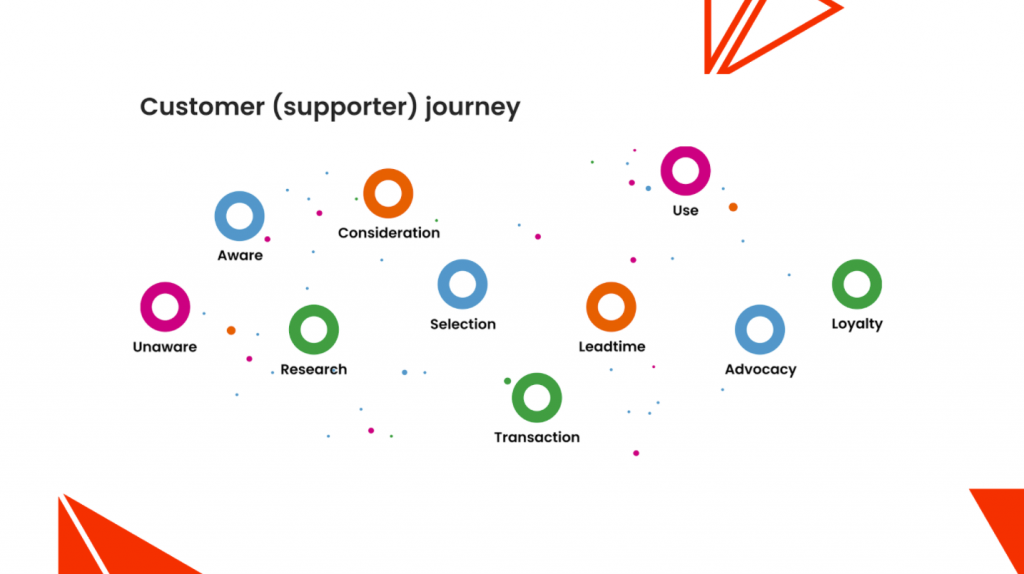
So let’s break it down and look at three key areas; Awareness, Consideration and Advocacy.
Awareness is when customers first discover or hear about your brand. The key insight here (an obvious one) is that: “Lots of people are at home all day.” But what does that mean in terms of behaviours?
In fact, people are online a staggering 70% more than they were pre-COVID-19.
They’re also:
These figures represent a significant uplift and are likely to hold for some time – so what do they mean for marketers and content creators? It means audiences have an increased appetite and bandwidth for discovering new things, so it’s a great time for your brand or campaign to be present and promoted.
TV is arguably the most effective for creating mass awareness. Ordinarily, there’d be lots of competition for the peak advertising slots, making it expensive and out of reach for many charities. But – there are currently two key factors that are driving down cost, and increasing value.
Daytime audiences are up by 36%, meaning the concept of prime-time (5-7pm) is temporarily on hold. Nearly all daytime slots are worth considering.
More people watching TV during the day also means bigger reach (up 22%) and the ability to reach new demographics ( – the types of people watching during the day are quite different to usual) – both resulting in charities seeing better value and interesting results.
While prime time on TV is changing, so are optimal posting times on social media.
For example, this insight from Sprout Social shows that on Facebook, the popular Wednesday slots for top engagement have opened right up to include Monday and Friday too, with smaller windows appearing on Tuesday and Thursday too. The stripy boxes are pre-COVID-19 hotspots, while the solid boxes show additional lockdown slots.
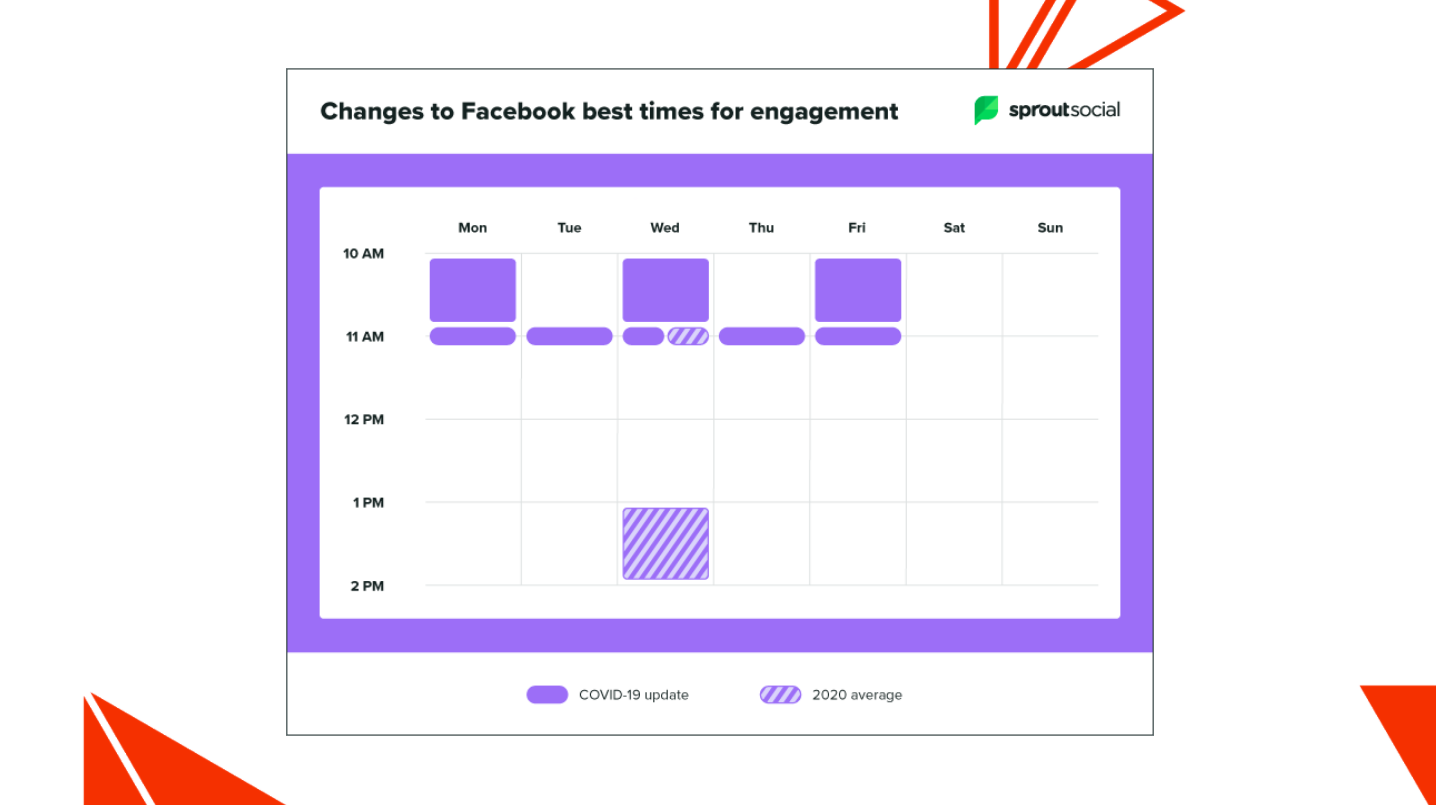
Same is true on Instagram, with new hotspots on Monday, Tuesday and Friday.
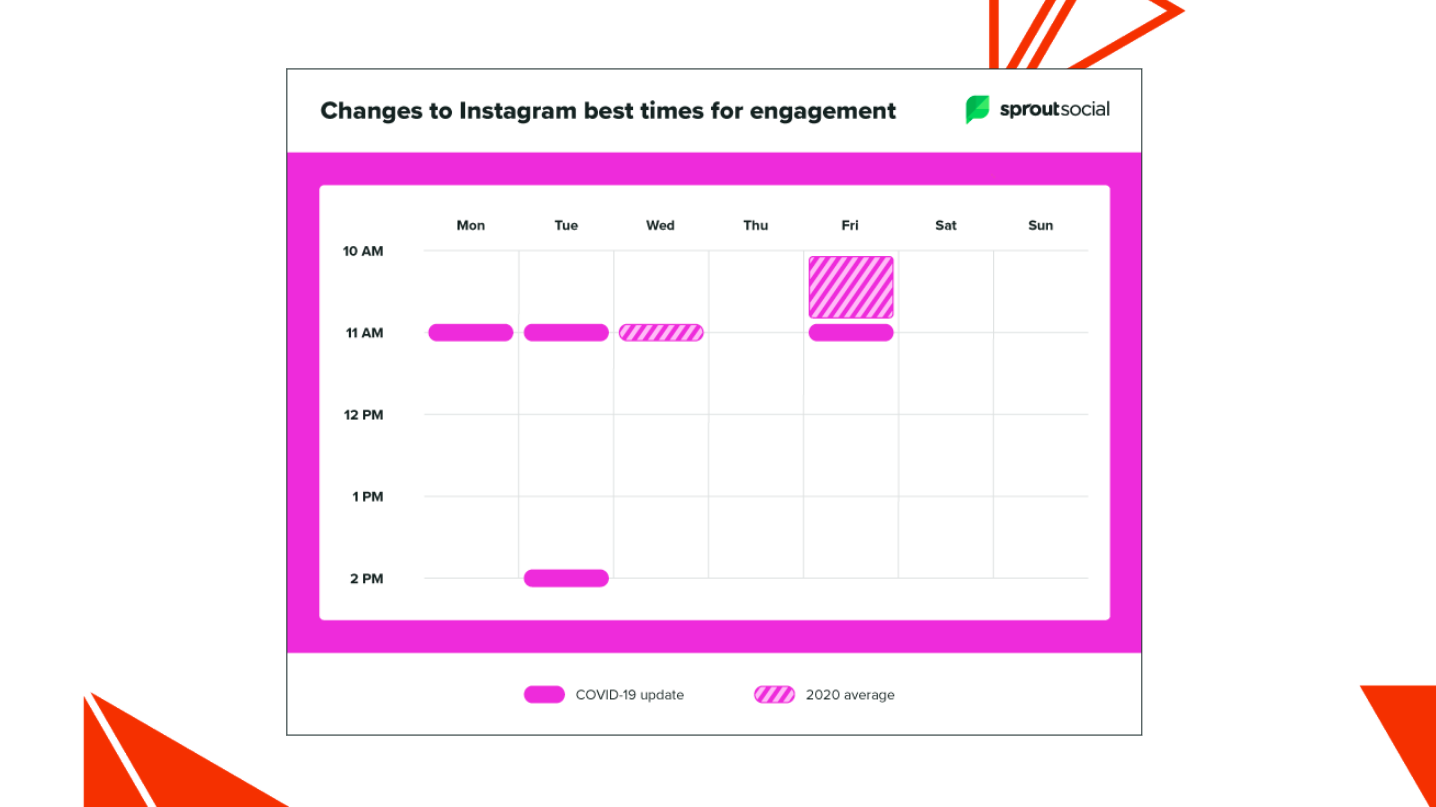
Travel, transport and entertainment advertisers have paused or cancelled TV bookings by as much as 60%. This has contributed to the costs of TV advertising being cheaper than it has been for years, relatively speaking.
We’ve been seeing an increasing number of charities test radio, even before the COVID-19 pandemic. With the rise of voice devices that stream radio stations (Amazon Alexa, Google Home), large numbers of new audiences are tuning in. It’s incredibly accessible, good value and effective.
Again, podcasts can be a really accessible entry point for smaller charities. Check out ‘On the Marie Curie Couch’ for a really good example.
The next stage to look at is consideration – around the middle of our customer journey.
Engaging your audience and developing conversations is key here, so understanding needs, wishes and feelings is vital in planning content.
As digital marketing agency, Fresh Egg, recommend, using search data can be a fantastic tool to gain insights that help guide your content planning. Below are a few more ideas.
Research definitively shows that audiences want to hear from brands during a crisis. They’re interested in hearing your opinion, how you’re responding as well as how they can help through volunteering and/or donations.
There’s also an overwhelming body of evidence to prove that brands that continue to invest in marketing during a downturn emerge stronger and quicker than those that don’t.
If you are creating content, here are some top-level pillars to to help guide you:
A good example of a charity doing this well is Breast Cancer Now. They produce weekly Facebook Live broadcasts with medical specialists answering audience questions – it’s really personal and helpful, hosted in a space where they know their audience is.
I mentioned the importance of being relevant with your content. There are lots of reports out there that track consumer sentiment (again, Google Trends is great for this, as is YouGov).
This insight from a PwC report is super relevant now, and could be beyond COVID. It reports that consumers have the following priorities right now:
As marketers, what can we take from this data? Reading between the lines, coupled with what we’re seeing perform well online, if you can angle your content to bring in any of these topics, you’d be well on your way to hitting the ‘relevancy’ tick box.
Here’s our very scientific formula:
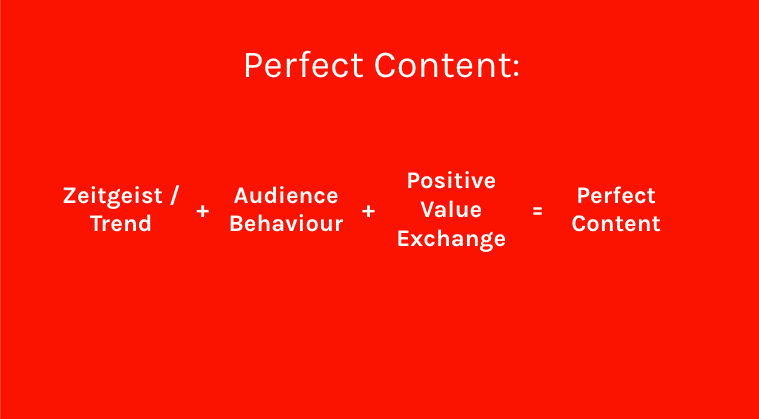
Essentially:
If you make sure you’re considering these elements when creating content you can’t go far wrong.
Scouts, for example, have launched a fantastic resource for kids called The Great Indoors – there’s loads of activities to keep them busy. This is exactly what parents will be looking for during lockdown and spot on in terms of behaviours and value exchange.
Another example is British Red Cross, who identified some of their typically harder-to-reach target audience were on TikTok. And they’ve been doing some fantastic things since – including partnering with TikTok to launch their new ‘donation stickers’ to raise money on live broadcasts. This hits the nail on the head in terms of being aware of trends and changing audience behaviours.
Finally, a quick look at the final stages of our journey, Advocacy and loyalty. Whilst there’s understandably a big focus on donor acquisition at the moment, engaging existing donors and encouraging them to donate is just as important, if not more so.
The key insight here? Lack of focus on thanking and engaging existing donors is one of the top 5 reasons for them lapsing and moving on. Definitely worth thinking about innovative ways of doing this.
Doctors Without Borders send a regular ‘Thank-you’ video to existing donors to show the impact of their donations. It features lots of emotive and direct UGC messages from their doctors in the field.
Go a step further for your existing donors and advocates and invest in personalisation. In fact, 44% of donors told Accenture that they would be willing to donate up to 10% more for a personalised experience. That number rises to 62% for Millennials – a powerful insight.
A great example of this is JustGiving, who created 30,000 personalised videos to send out to existing users that had shown an interest in marathon fundraising.
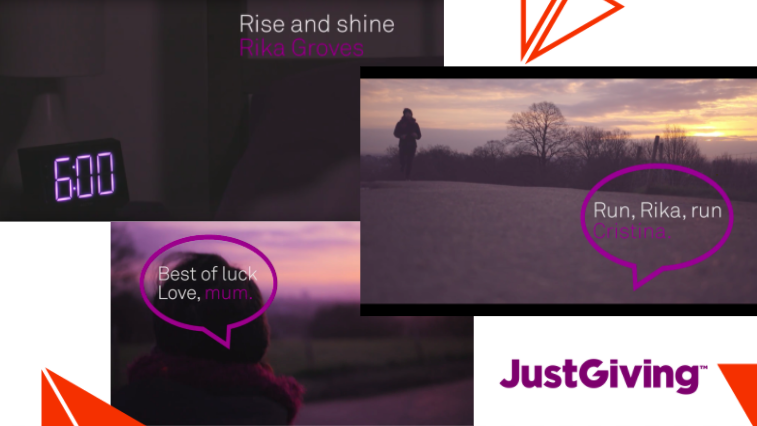
The users could then post their films on their social channels to drive donations. This is actually far more achievable that it seems – get in touch if you’re interested and we can help!